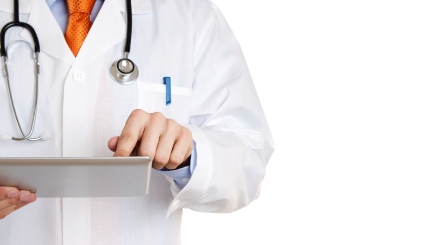Can Your Smartphone Take The Place Of A Good Doctor?
 Nobody could fail to notice the ‘smartphone revolution’ taking place before our eyes. Happening at what seems like ten times the speed of the internet revolution, 30% of people in the UK are now attending to most of their daily needs through their smartphone. All sorts of mobile phone applications are flooding the market, and these include self-diagnosis cancer programmes. The University of Pittsburgh recently ran a study into the cancer diagnosis programmes now available as a smartphone ‘app’.
Nobody could fail to notice the ‘smartphone revolution’ taking place before our eyes. Happening at what seems like ten times the speed of the internet revolution, 30% of people in the UK are now attending to most of their daily needs through their smartphone. All sorts of mobile phone applications are flooding the market, and these include self-diagnosis cancer programmes. The University of Pittsburgh recently ran a study into the cancer diagnosis programmes now available as a smartphone ‘app’.
The research looked into four commonly used skin cancer testing applications. Users take images of any suspicious skin lesion and send the picture for online diagnosis. Researchers tested the four applications with a set of 188 images pertaining to pre-diagnosed cancers and less serious skin conditions. Results showed a failed diagnosis in nearly a third of cases. Three of the applications had relied on automated algorithms, only one having a qualified medical specialist on hand to diagnose the legions. Anyone using the cheaper automated programmes would suffer a 33% failure rate; a completely unnecessary delay in starting cancer treatment.
The use of mobile technology for issues as important as health is a phenomenon that the medical and advertising standards industries need to catch up with. It’s a dangerous aspect of a convenience-culture that hasn’t yet fully grasped the import of the technology revolution. In order to give full attention to your health and wellness, personal contact with your doctor is vital. Even an online expert has an inevitable failure rate when attempting to communicate by image alone. It’s essential that new smartphone technologies form part of public health policy and that their use is focused on providing better wellbeing incentives and stronger local healthcare facilities.


Comments are closed.